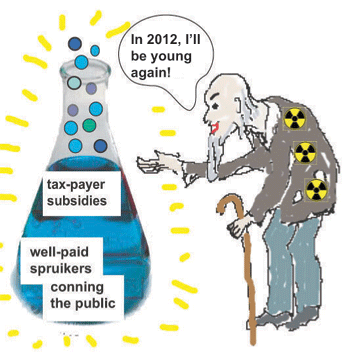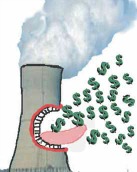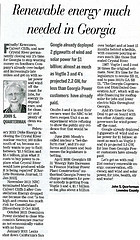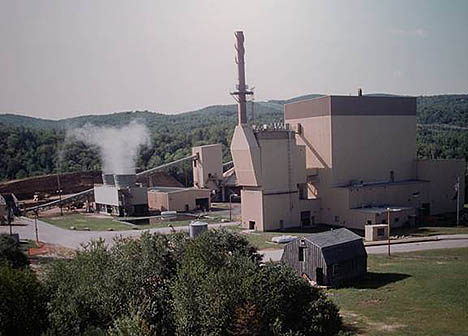Solar power is going so well worldwide that Deutsche Bank has just increased its projections for global demand, noting that India and Italy have already in 2013 reached grid parity without subsidies with other sources of energy, and it expects the rest of the world to follow as early as 2014. The big winner is rooftop solar. Is Georgia paying attention?
Becky Beetz wrote for Global PV 26 February 2013, Deutsche Bank: Sustainable solar market expected in 2014,
Buoyed by bullish demand forecasts, and increasing utilization rates and pricing, Deutsche Bank forecasts a solar market transition from subsidized to sustainable in 2014. Italy REC solar photovoltaic plant
The German bank has raised its 2013 global solar demand forecast to 30 GW — representing a 20% year-on-year increase — on the back of suggestions of strong demand in markets including India, the U.S., China (around 7 to 10 GW), the U.K. (around 1 to 2 GW), Germany and Italy (around 2 GW).
Rooftop installations are, in particular, expected to be a main focus, says Deutsche Bank. A trend for projects being planned with either “minimal/no incentives” has also been observed, despite the belief that solar policy outlooks are improving, particularly in the U.S., China and India, and “other emerging markets”.
More analysis by Jeff Spross in ThinkProgress 3 March 2013, Solar Report Stunner: Unsubsidized ‘Grid Parity Has Been Reached In India’, Italy–With More Countries Coming in 2014.
Continue readingAs Renew Economy also points out, this is the third report in the past month








